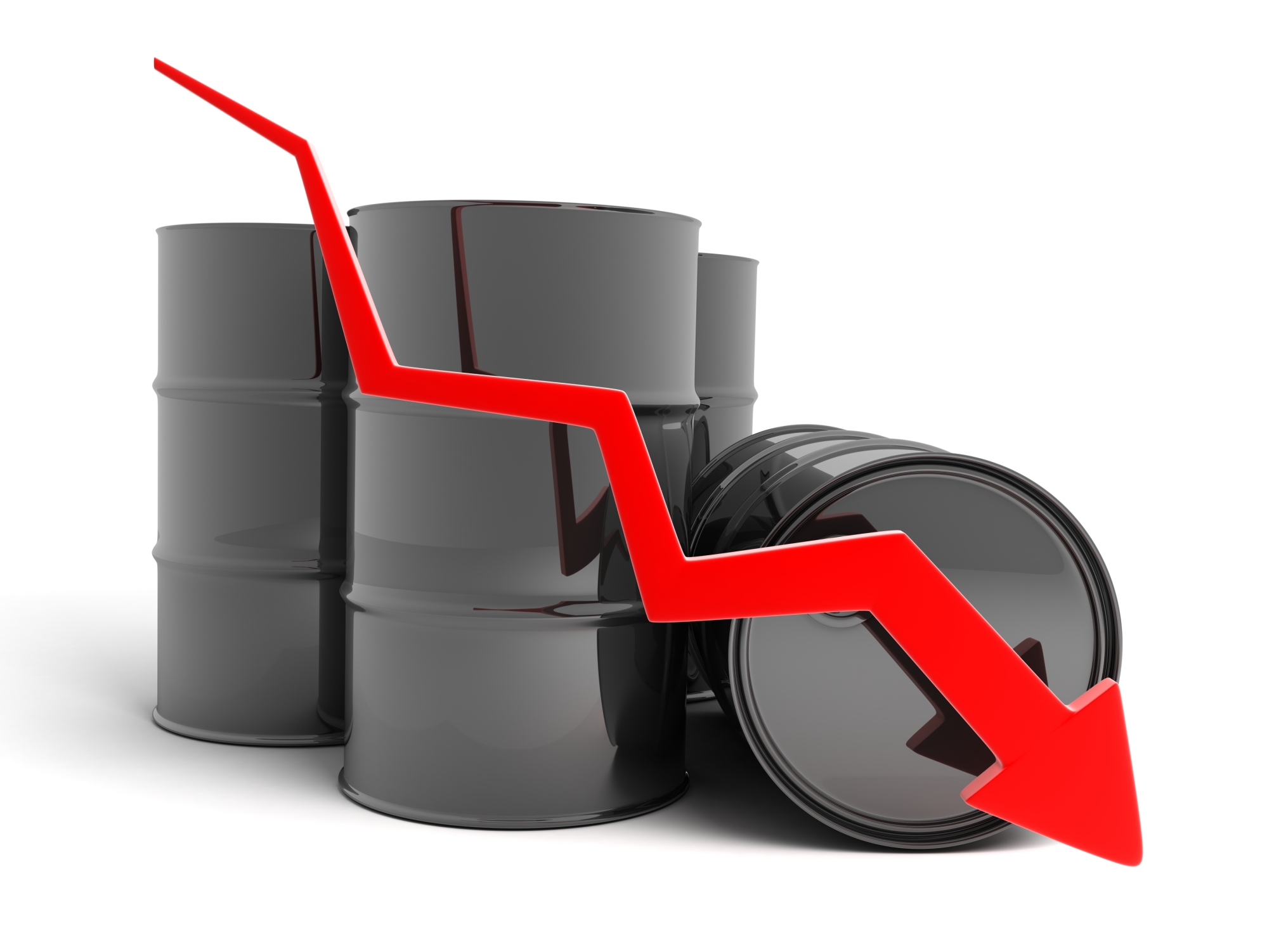Energy
As Oil Forecasts Go Lower, an Expected $675 Annual Pay Raise per Household
Published:
Last Updated:
The U.S. Energy Information Administration (EIA) has now lowered its expectations on oil prices and its production forecast in 2015 and 2016. The move may not be a shock to many workers in the oil patch, but this comes on the same day that Goldman Sachs has said that the oil exuberance seen in recent weeks may have gotten ahead of itself. The news may mute a bounce in oil, but America likely is getting a pay raise.
The big quote from the EIA short-term outlook stated:
The average household is expected to spend $675 less for gasoline in 2015 compared with last year because of lower prices.
The EIA showed that Brent prices rose in April, despite increasing global inventories, due to indications of higher global oil demand growth, an expected decline of tight U.S. oil production and a growing risk of unplanned supply outages from the Middle East and North Africa. The EIA now forecasts that Brent crude oil prices will average $61 per barrel in 2015 and $70 per barrel in 2016 (up $1 for 2015 but down $5 for 2016).
Average West Texas Intermediate (WTI) crude prices are expected to be $6 lower than Brent in 2015 and $5 lower than Brent in 2016, or $55 average in 2015 and $65 average in 2016.
ALSO READ: 9 Oil and Gas Stocks Analysts Want You to Buy Now
U.S. monthly average regular gasoline retail prices in April were almost unchanged from March at $2.47 per gallon, while the weekly regular gas retail price was $2.69 per barrel after rising crude oil prices and several outages at West Coast refineries. The EIA now expects U.S. regular gasoline retail prices to be $2.43 per gallon in 2015 and $2.63 per gallon in 2016, down from $3.36 per gallon in 2014.
Crude oil production averaged an estimated 9.3 million barrels per day in March, but it is expected to decline from June through September before growth resumes. The EIA now projects that total crude production will average 9.2 million barrels per day in both 2015 and 2016, down 40,000 barrels per day in 2015 and down 100,000 barrels per day in 2016 from the projection just a month earlier.
As far as the Goldman Sachs research note, the firm has cautioned about a double-dip in oil prices. The reason is that the 40% bounce from the absolute lows in oil earlier in 2015 is going to run into oversupply of about 1.9 million barrels per day in the second quarter of 2015. Goldman Sachs simply thinks the oil rally has been premature against the real level of recovering fundamentals.
The caveat in the Goldman Sachs call is in the timing, ahead of the start of increased summer demand and with China adding to its strategic petroleum reserves. The firm is additionally concerned that oil prices will fall in reaction to weekly rig counts, hedging, weaker refining margins and monthly production from OPEC.
The low prices in natural gas also are bringing yet even more bad news for those who love coal. The EIA said:
Low natural gas prices in recent months have significantly increased the use of natural gas rather than coal for electricity generation. EIA expects natural gas generation in April and May will almost reach the level of coal generation, resulting in the closest convergence in generation shares between the two fuels since April 2012.
ALSO READ: UBS Says to Buy the Big 3 Land Drillers Now
What is interesting, despite a call from Goldman Sachs for lower oil and a lower forecast for prices and supply from the EIA, is that WTI was last trading up $1.35 at $60.60 per barrel for June delivery.
United States Oil ETF (NYSEMKT: USO) was last seen up 2.35% to $20.85 in Tuesday midday trading. Its 52-week range is $15.61 to $39.44.
If you’re like many Americans and keep your money ‘safe’ in a checking or savings account, think again. The average yield on a savings account is a paltry .4% today, and inflation is much higher. Checking accounts are even worse.
Every day you don’t move to a high-yield savings account that beats inflation, you lose more and more value.
But there is good news. To win qualified customers, some accounts are paying 9-10x this national average. That’s an incredible way to keep your money safe, and get paid at the same time. Our top pick for high yield savings accounts includes other one time cash bonuses, and is FDIC insured.
Click here to see how much more you could be earning on your savings today. It takes just a few minutes and your money could be working for you.
Thank you for reading! Have some feedback for us?
Contact the 24/7 Wall St. editorial team.